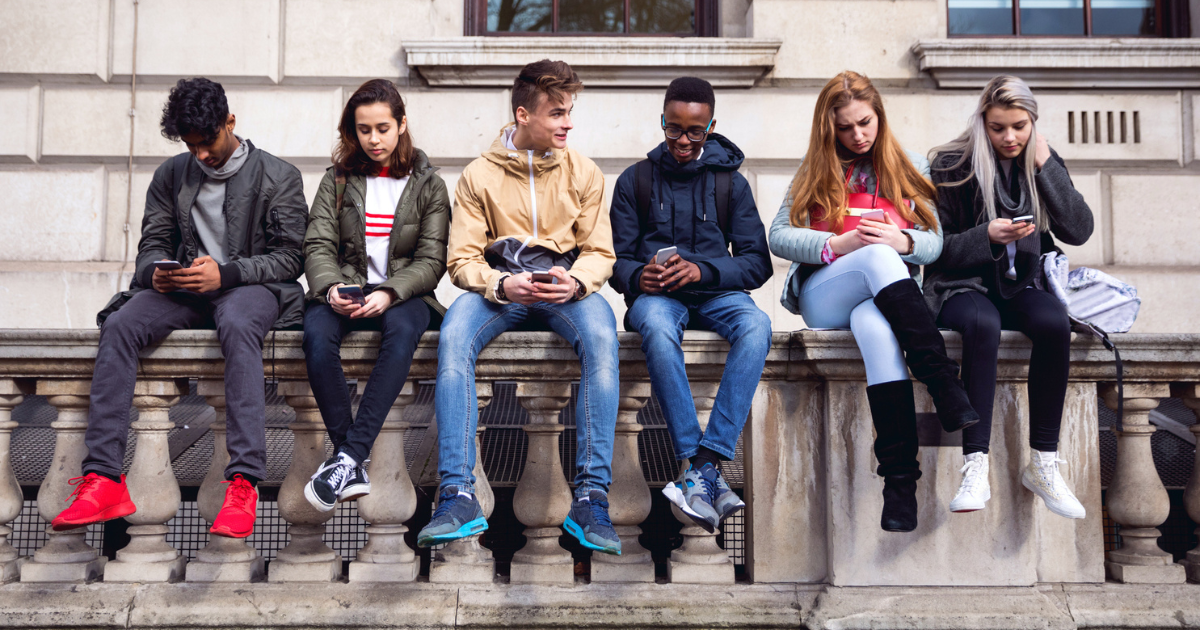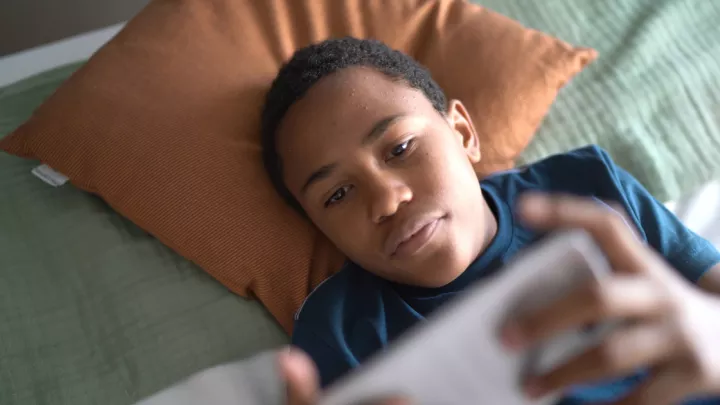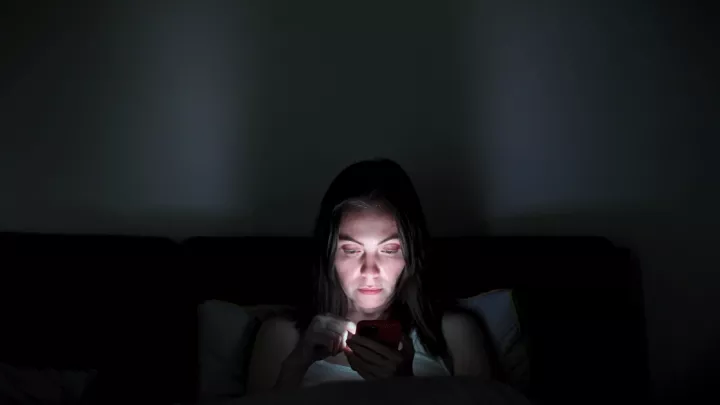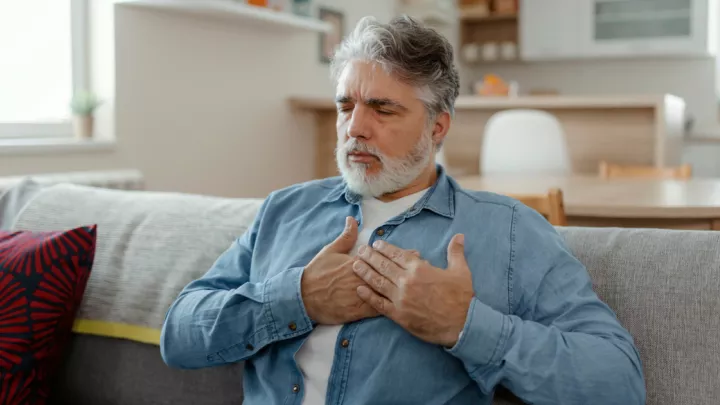More social, less media: Surgeon general suggests warning label for social media platforms

As it evolves, social media allows us to stay connected with family and friends and even meet new people who share our interests. It lets users showcase their creativity, promote small businesses, and share news and resources. But studies are showing there’s a dark side to social media platforms. Sharing memes and watching trending dance videos seems harmless enough, but it can be dangerous when scrolling becomes an addiction.
On June 15, U.S. Surgeon General Vivek H. Murthy, MD, MBA, called for social media platforms to include health warnings for younger users.
“It’s time to require a surgeon general’s warning label on social media platforms, stating that social media is associated with significant mental health harms for adolescents,” Dr. Murthy wrote. He also cited the success of similar warning labels on cigarette packs in the 1960s.
How does social media affect teens?
According to a recent Gallup survey, teens in the U.S. spend an average of 4.8 hours daily on social media. Clinical psychologist David Cates, PhD, Nebraska Medicine director of Behavioral Health, says a social media warning label could be helpful.
“A warning label might lead teens and their parents to think more carefully about how teens engage with social media and might encourage parents to consider limits,” says Dr. Cates. “Hopefully, even just calling for the warning will encourage greater consideration of the risks.”
Some serious side effects of consistent social media use for adolescents can include depression, anxiety, negative body image and unhealthy comparisons to others. Social media platforms can also be another way some teens experience bullying. While social media users of all ages can fall victim to these side effects, brain development plays a larger part in how the user is affected.
“The developing brain is particularly sensitive to social feedback and fitting in,” says Dr. Cates. “As a result, features that count the number of followers or likes may be hard for young users to resist. And for some kids, focusing on the number of views or follows can become more important than working on in-person relationships.”
A developing adolescent brain can also play into poor impulse control, Dr. Cates explains further.
“Features like infinite scrolling can be destructive for teens. Similarly, young users may not be as careful with their personal data or self-disclosure, and what they post may live in cyberspace long after they grow up.”
When does social media become toxic?
A recent poll found that among teens with the highest social media use, 41% rated their mental health as poor or very poor. These side effects can exacerbate pre-existing mental health challenges. Teens already experiencing depression can potentially lessen symptoms by reducing the hours spent on social media.
Signs of unhealthy social media use may include:
- Using social media despite wanting to engage in other activities.
- Missing activities due to social media use.
- Interference with sleep and normal routines.
- Impeding the development or maintenance of in-person relationships.
- Lying and deceiving to maintain social media access.
“Sleep is critical for physical and mental health, particularly among adolescents,” says Dr. Cates. “We know that social media use is one reason young people get less sleep than they need. Research also suggests that using social media within an hour of bedtime is associated with sleep disruption.”
What can parents do about unhealthy social media use?
If parents decide to let their children partake in social media, there are ways they can ensure healthy use. Parents should be encouraged to demonstrate responsible behaviors and limit screen time.
“Parents should be mindful of their behavior, including using social media during family time, because this can quickly become a behavior children imitate,” says Dr. Cates. “I recommend setting limits on social media use, particularly around mealtime, homework, bedtime and physical exercise.”
Having an open dialogue about the realities of social media, especially with younger teens, can be helpful. These conversations can include social media’s role in unrealistic body images, curating a high-end or unattainable lifestyle, and others using social media to take advantage of children financially or sexually.
When used responsibly and with mindfulness, social media can be a great creative outlet and a source of support for marginalized youths, including in the LGBTQIA+ community. Parents concerned about their children’s social media use should monitor activity and look for signs of unhealthy use.







